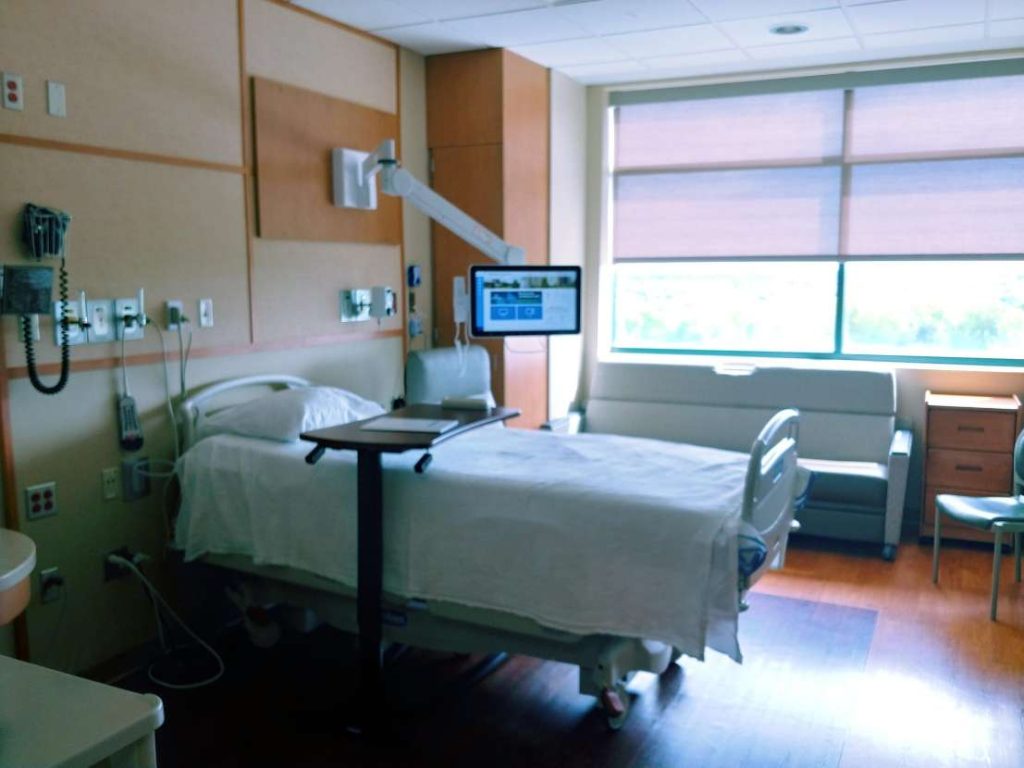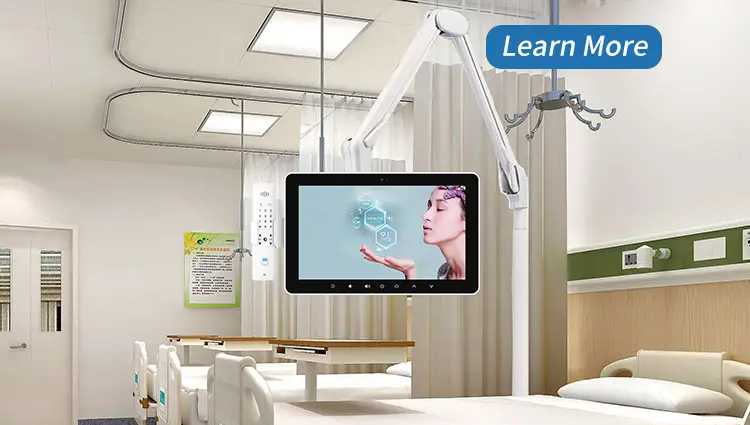
Hospital bedside data terminals are becoming more prevalent, and technological advancements are expected to drive several developments in this area in the future. These include:
1. Enhanced mobility: Future developments may see smaller, portable bedside data terminals that healthcare providers can use to access patient information on the go.
2. Wearable integration: Integration with wearable technology may allow for real-time monitoring of vital signs and other health data, facilitating more accurate and timely interventions.
3. Artificial intelligence: With the advancement of artificial intelligence (AI), we can expect to see AI-powered bedside data terminals that can analyze patient data and predict outcomes, assisting healthcare providers in making informed decisions.
4. Improved security: Given the increased sophistication of cyber threats, future bedside data terminals will likely feature more advanced security measures, such as biometric authentication, encryption, and real-time threat detection.
5. Greater interoperability: The future may see increased interoperability between bedside data terminals and other healthcare systems and devices, allowing for more comprehensive patient health records.
Overall, we can expect rapid evolution of hospital bedside data terminal technology in the coming years, with a focus on mobility, integration, security, and interoperability.

